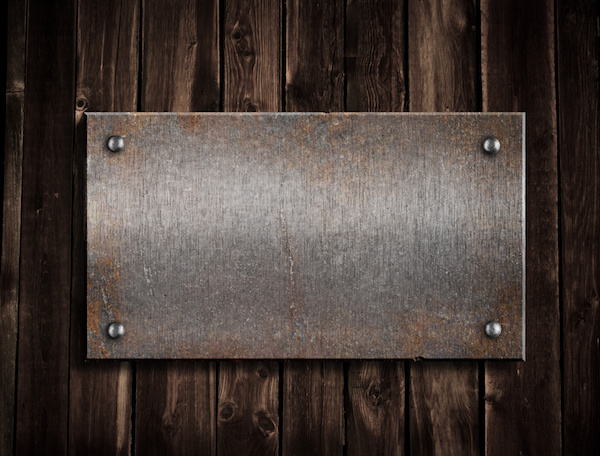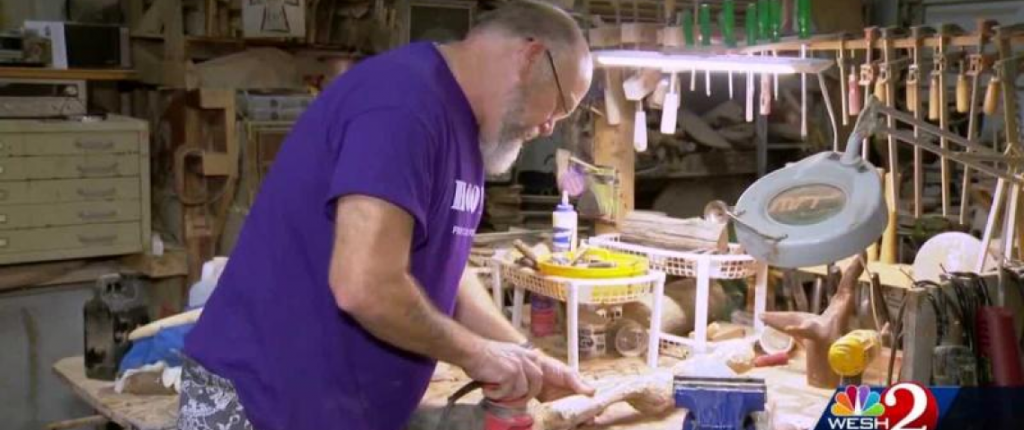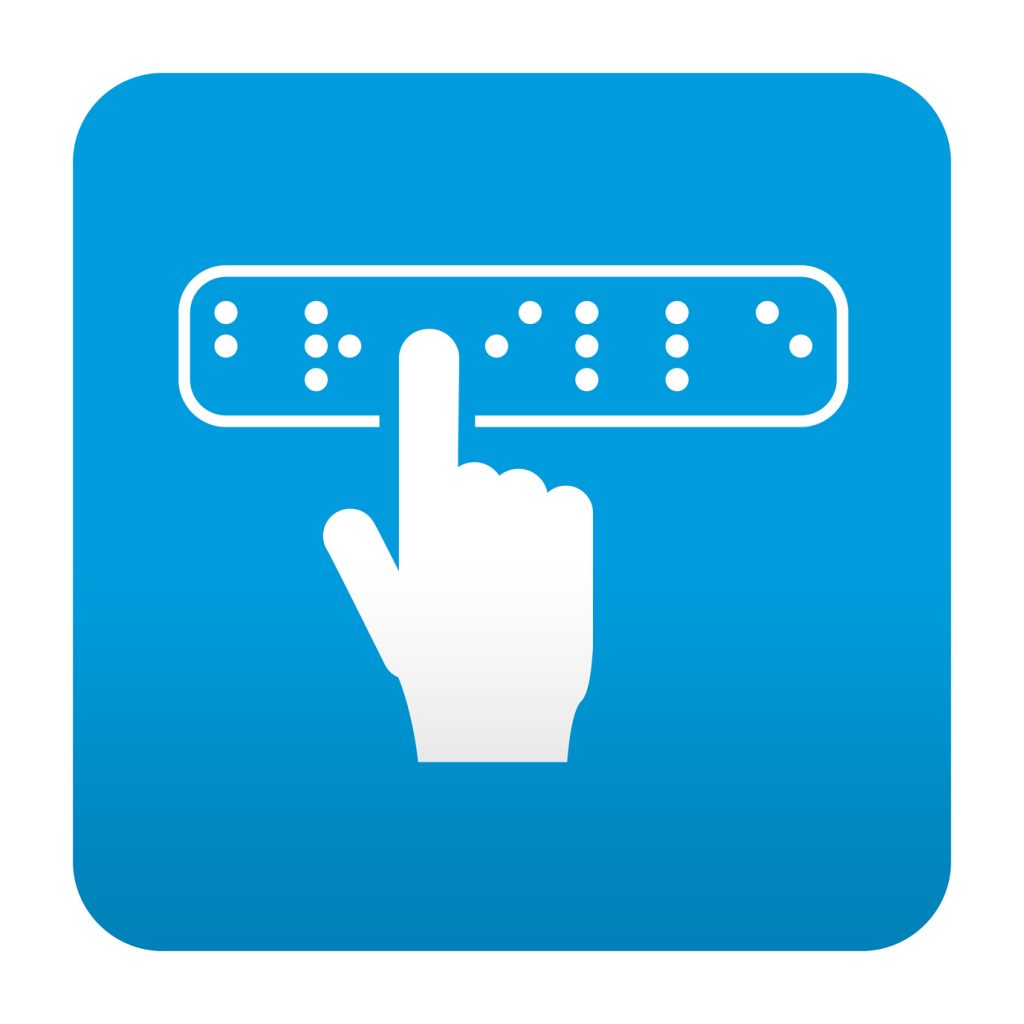Tactile feedback is a very important option for the membrane switches we offer. It is not simply an upgrade that costs a little more. There are certain applications which are excellent for tactile feedback and certain applications that are not. Also, to understand how tactile feedback works and which applications it is good for, you must understand the construction of tactile switches. It is important that you get an overview of the switches themselves so that you at least have enough knowledge to direct our engineers. You do not need to have an in-depth knowledge of tactile feedback, as our engineers certainly do and can advise you. To learn more about tactile feedback, read on.
Different Tactile Switch Constructions
The different tactile switch constructions that we offer are the SS dome, poly-dome and hydro form dome designs. These different constructions vary in the amount of tactile feedback they can provide, the different sort of input they’re suited for, and the controls they are best suited for. It can be somewhat complicated to tell different switch constructions apart, so most of our customers consult with our engineers when choosing the different constructions for that tactile switches. Whether or not the switches will have tactile feedback is also important for choosing the right construction.
Different Tactile Switch Elements
CONDUCTIVE SILVER
Our conductive silver option features both non-tactile and tactile construction. It allows the use of resistors and LED lights, if desired. It is slightly more expensive, but the highly conductive nature of this solar element can mean slightly faster and more efficient operation of your device. If the device needs to be used constantly and constantly take a great deal of input, conductive silver may be the right option to deal with this. Because of its highly conductive nature, they can also include LED lights as part of the construction. This makes it excellent for low light applications.
COPPER FLEX
Our copper flex element alternative provides highest density traces. It features low profile components, which make copper flex a great option for small devices and even larger devices that have tight packaging restrictions. As with the other element options we offer, copper flex elements can be used in both tactile and non-tactile constructions.
PCB-BASED
Our PCB-based element option is more versatile than any of the other alternatives we offer. Of course, it can take on both tactile and non-tactile applications. However, it is also a suitable choice if you need a capacitive switch. PCB-based elements are also more versatile in construction. They can be built with double-sided, single-sided, and multilayer constructions to suit your particular application. The final aspect of the PCB-based elements we offer which makes them incredibly versatile is the multiple connector options you get when you decide to go with a PCB-based option.
Benefits of Tactile Feedback
The main benefit of tactile feedback is, of course, you know for sure when the machine has accepted an input. With non-tactical switches, you can sometimes press the switch and not be sure whether the device has actually read and processed the input. Tactile feedback important in these applications due to efficiency of operation, and it is also very important for peace of mind. Many devices that are going to be used in highly demanding applications such as healthcare will have tactile feedback. This feedback will allow the healthcare professionals to know for sure that the machine has accepted their input.
Drawbacks of Tactile Feedback
The main drawback that some people have with tactile feedback is that it can sometimes throw off the action of pushing the button if the feedback is quite strong. For switches that require a high degree of accuracy and may be used many times, this can become a real problem although it seems trivial. If you do not have a great deal of experience operating devices that have both tactile feedback and do not have tactile feedback, you should consult with our employees for advice on this matter.
Final Thoughts
Tactile feedback is considered to be a helpful option for most applications. There are many different types of switches, elements, and constructions that can and cannot accommodate tactile feedback. There are so many different options possible that it may be to your benefit to take the advice of our engineers who have a great deal of experience in constructing different membrane switches.




